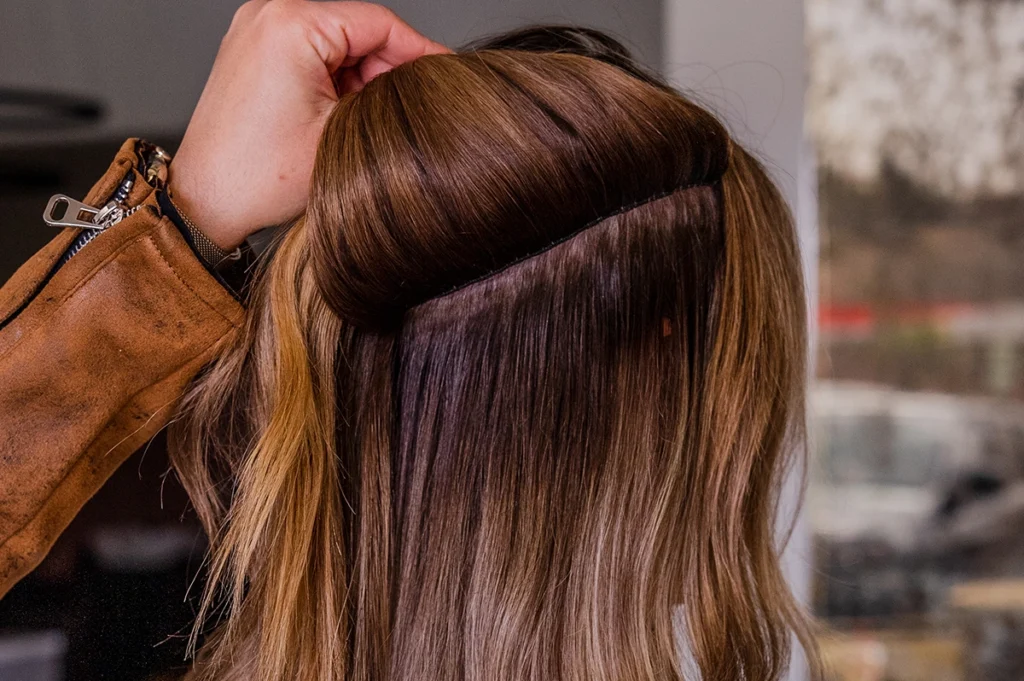Hair extensions have become a versatile and popular accessory in the world of beauty and fashion. Whether you desire longer locks, added volume, or a splash of color without commitment, real human hair clip in extensions offer a transformative solution. In this comprehensive guide, we’ll delve into the different types of hair extensions, their application methods, maintenance tips, and everything you need to know to make an informed decision about enhancing your tresses.
Types of Hair Extensions:
- Clip-In Hair Extensions:
- Description: These extensions are temporary and easy to install, making them ideal for those who want a quick transformation without a long-term commitment.
- Application: Simply clip them onto your natural hair, and they can be removed at the end of the day.
- Tape-In Hair Extensions:
- Description: These extensions are applied using a tape adhesive method, offering a seamless and natural look.
- Application: Sections of hair are sandwiched between two tape-in extensions, providing a discreet and comfortable fit.
- Sew-In (Weave) Hair Extensions:
- Description: This method involves sewing wefts of hair onto braided sections of the natural hair.
- Application: Best done by a professional stylist, sew-in extensions offer a longer-lasting option for those looking for a semi-permanent solution.
- Micro-Link (Micro-Bead) Hair Extensions:
- Description: Small metal or silicone beads are use to attach individual strands of extensions to small sections of natural hair.
- Application: Micro-link extensions offer a natural look and are gentle on the hair, making them suitable for a variety of hair types.
- Fusion (Pre-Bonded) Hair Extensions:
- Description: Extensions with a keratin bond are fuse to individual strands of natural hair using a heating tool.
- Application: Fusion extensions provide a long-lasting solution but require professional application and removal.
Maintenance Tips:
- Gentle Washing and Conditioning:
- Use sulfate-free and moisturizing products to keep both your natural hair and extensions healthy.
- Avoiding Heat Damage:
- Limit the use of heat styling tools, and if necessary, use a heat protectant to prevent damage to the extensions.
- Regular Brushing:
- Use a soft-bristle brush to detangle the hair, starting from the tips and working your way up to the roots.
- Protective Styles:
- Before sleeping, braid or tie your real human hair clip in extensions to prevent tangling and matting.
- Professional Maintenance:
- Schedule regular maintenance appointments with a professional stylist to ensure the longevity of your extensions.
Conclusion:
Hair extensions have evolved into an accessible and transformative beauty accessory, catering to a diverse range of preferences and lifestyles. By understanding the various types, application methods, and maintenance practices, individuals can confidently explore the world of hair extensions to achieve the desired look without compromising the health of their natural hair. Embrace the versatility, creativity, and confidence that real human hair clip in extensions can bring to your everyday style.



